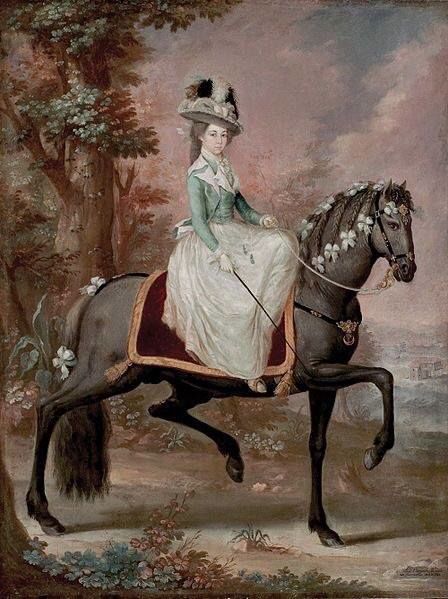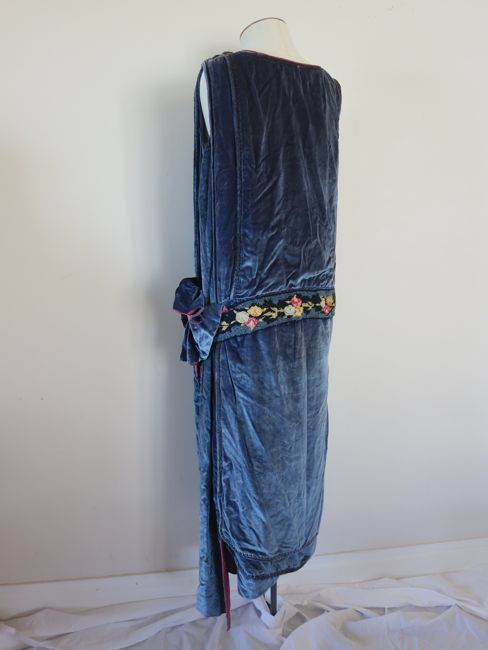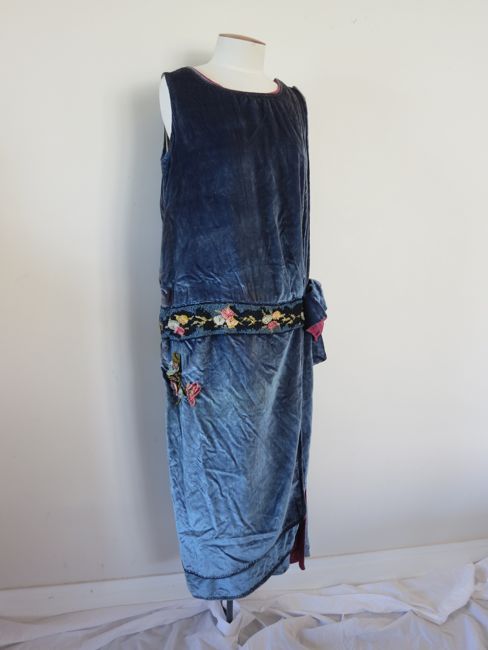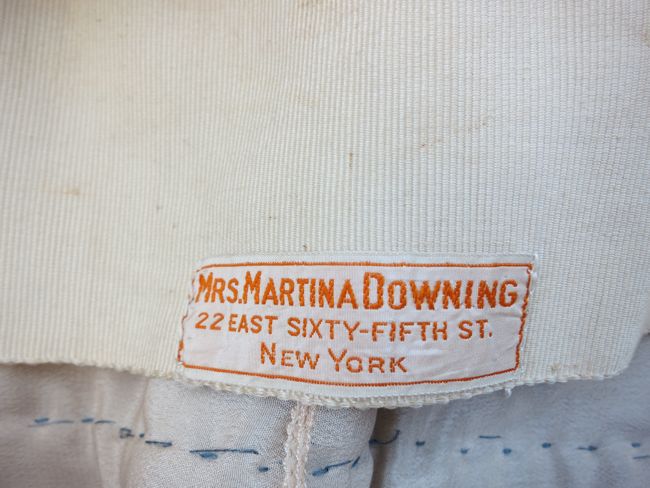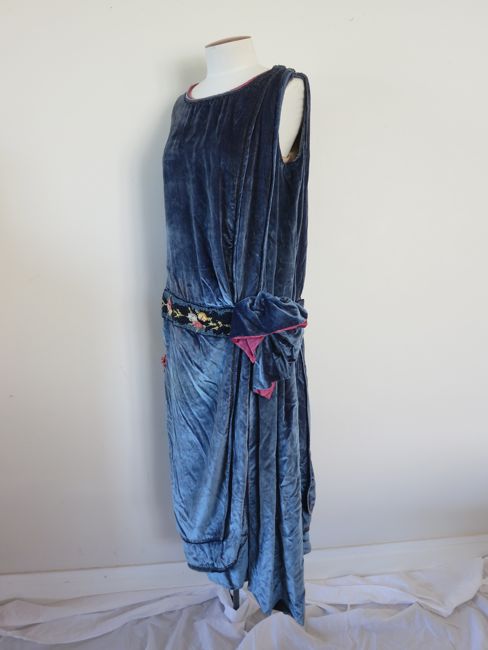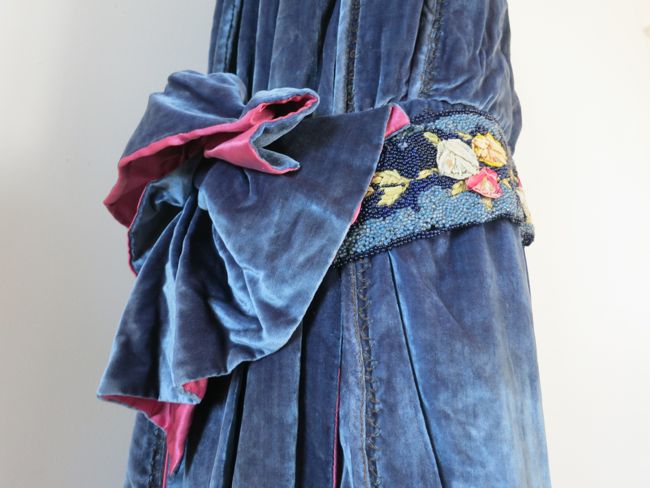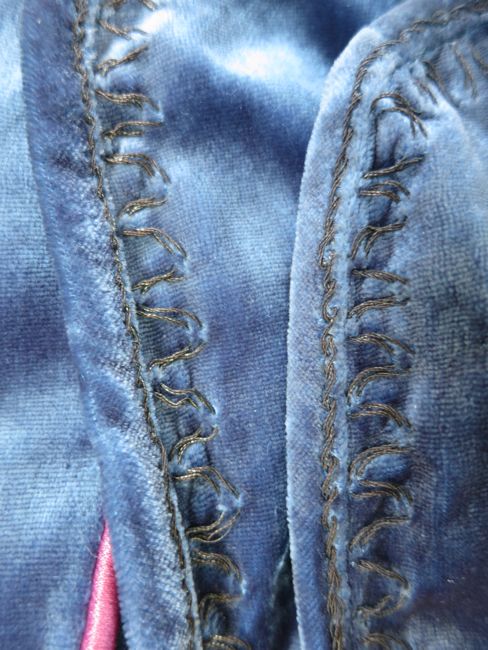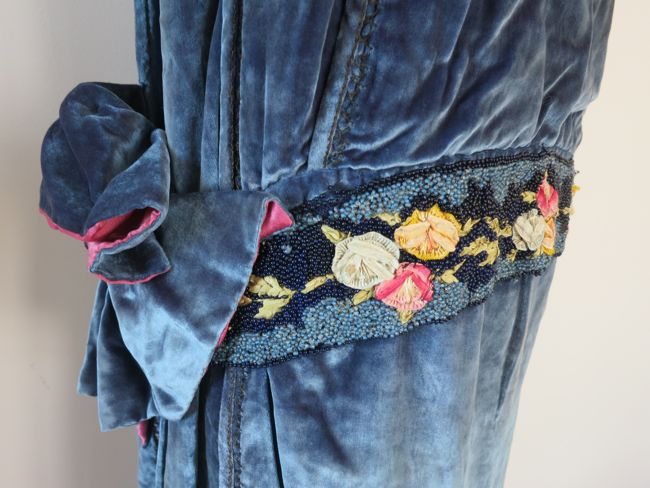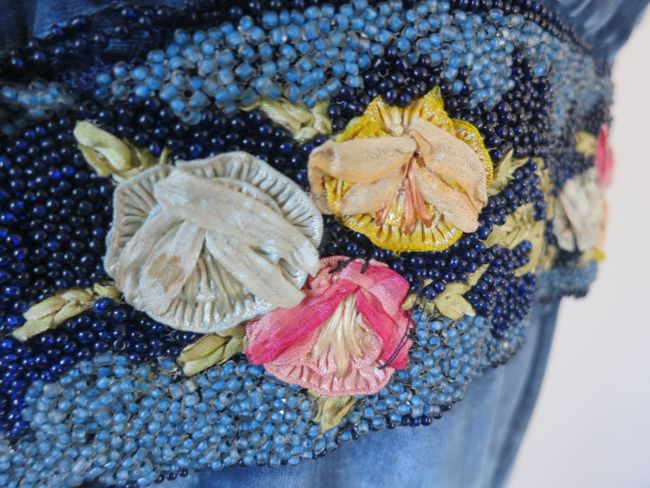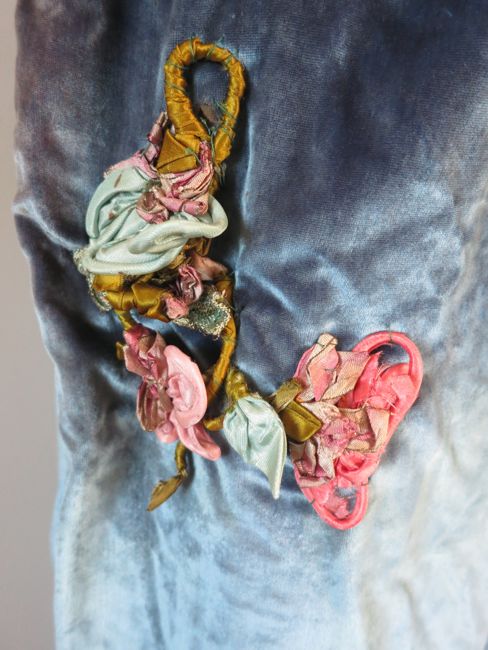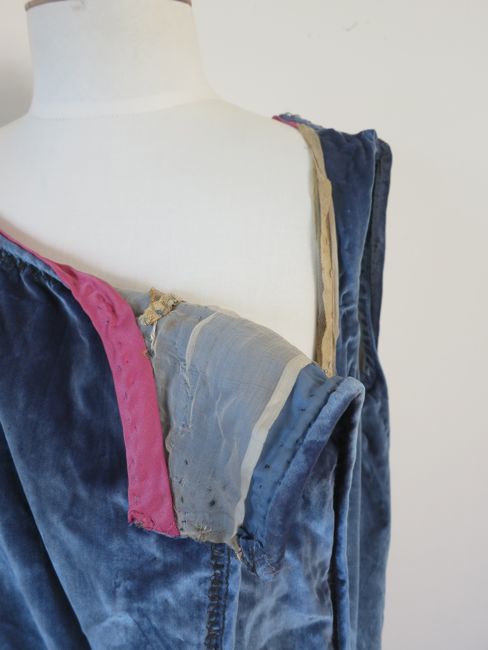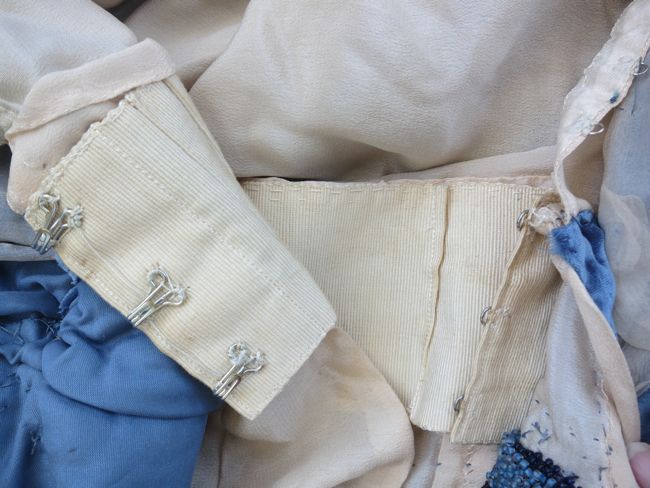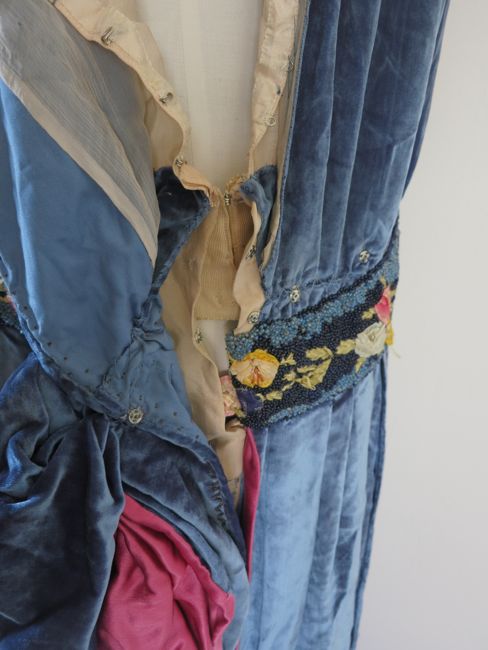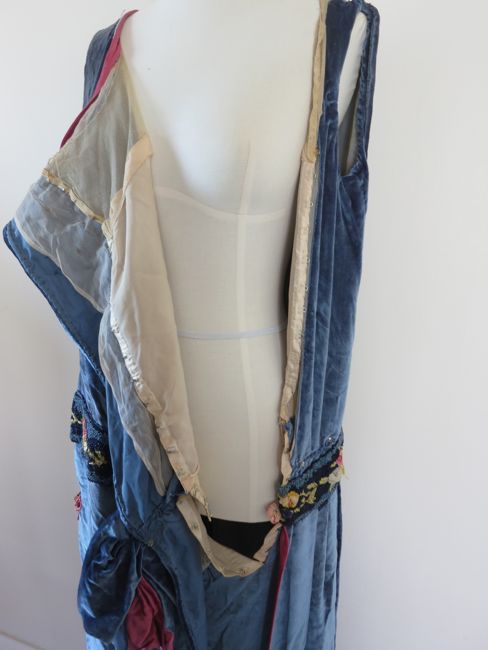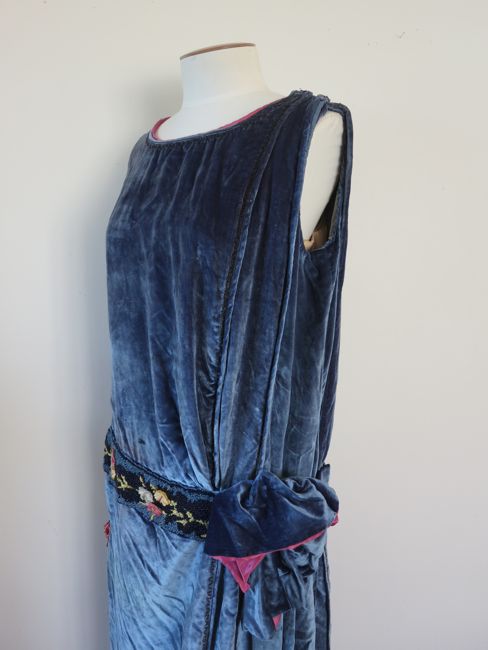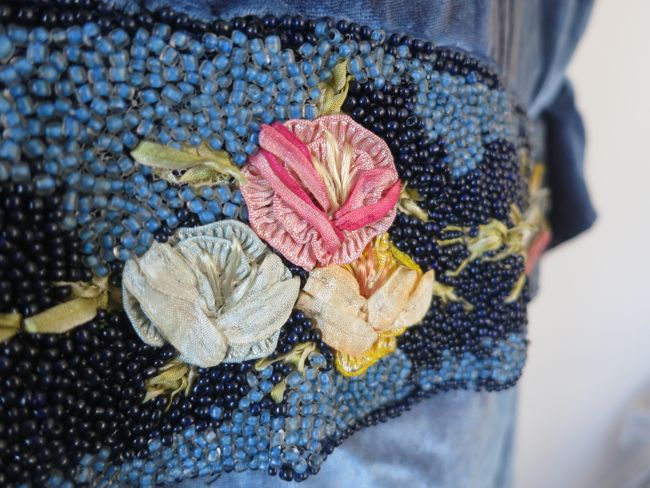Last week I showed you a really frilly, over the top 1870s dress – but in a very restrained colour scheme. Unsurprisingly, for most people whether they liked it or not came down to whether they are maximalists or minimalists, though some with more restrained tastes conceded that it would look spectacular from a distance. Surprisingly (to me at least) one of the things it got the most criticisms for was the black trim. I thought the harshness of the contrast balanced the too-busy, too-sweet trim of the rest, but I was very much in the minority (though not entirely alone) in liking it! The dress came in at 7.6 out of 10.
For this week’s Rate the Dress, let’s look at some very feminine menswear inspired clothes in the form of a fluffy, pastel-y riding habit:
Let’s take a slightly closer look:
Campeche’s luxuriously attired horsewoman sports a white satin skirt, and a jacket and double-breasted waistcoat in robins egg blue satin, with white facings and self-fabric buttons. Her cuffs and cravat are of hard to make out, appear to be trimmed in lace.
Our lady got quite excited when it came to matching her horse, with white bows throughout his mane and tail, and a matching one on her crop, plus toned tassels on the end of the reins. Even her hat is the exact same shade as her mount’s coat, though she allowed a little contrast in the cream bows that dot the brim, and the various shades of ostrich feathers crowning it. Perhaps my eyes are deceiving me, but I do have a suspicion that there is a robin’s egg blue feather secreted at the rear of the hat.
Oh, and we mustn’t forget footwear. She’s even got little white riding shoes:
Clearly this is not a practical outfit. No matter how wide and thick the velvet rug you have protecting your skirt from the horse, no white satin frock is going to stay pristine for many hours on horseback. So our lady is wearing a show outfit. But for show? To demonstrate both your skill as a horsewoman and your taste in dress in a portrait? Does it pass muster?
Rate the Dress on a Scale of 1 to 10
(oh, and go look up Jose Campeche. He’s a fascinating artist!)

